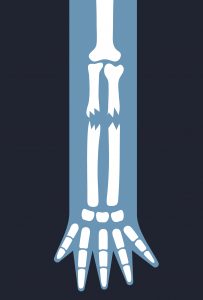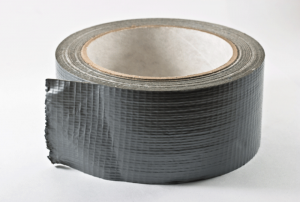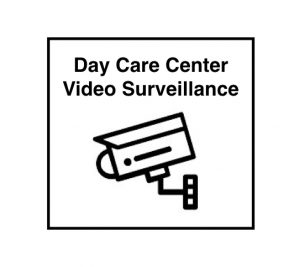Parents rely on day care centers to provide a safe environment for their children during the workday. In most instances, a child is cared for by a trained individual who has the best interests of the child in mind. Unfortunately, far too many children are injured a day care centers when a staff member is untrained or lacks the patience / maturity to provide stable and nurturing care and supervision to child. It is well known that children will misbehave especially infants and toddlers. Certainly, it is part of the job of a day care worker to deal with behavioral issues in a calm and safe manner. When patience is lost, day care workers can and do inflict harm upon a child through careless acts and in some instances through purposeful criminal actions.
There are over 14 million children in a form of day care each day. Parents enroll their children in a day care program under the assumption that their children will be safely cared for while they are away. Day care cewnters have a legal duty to provide proper supervision and protection against injury. So, when the way a day care negligent acts results in a child getting hurt, the parent of the injured child may be able to bring a legal action on behalf of the injured child to seek out compensation for medical bills, pain, and suffering. Negligence cases are dealt with in civil court, where parents can sue day care centers for financial compensation. Through a civil case or claim, a parent may be able to obtain compensation on behalf of the injured child. Furthermore, a parent can be reimbursed for medical bills that the parent owes as guardian / financially responsible person for the injured child.
Many day care centers require parents to sign a liability waiver. It should be noted that most States disfavor liability waivers when children are involved. Otherwise, this would give a day care center a license of sorts to be negligent and put a child in harm’s way without repercussions. Parents should be wary of day care centers that require the signing of a waiver that attempts to shield a day care center from negligent acts causing personal injury.
 Child Injury Lawyer Blog
Child Injury Lawyer Blog









